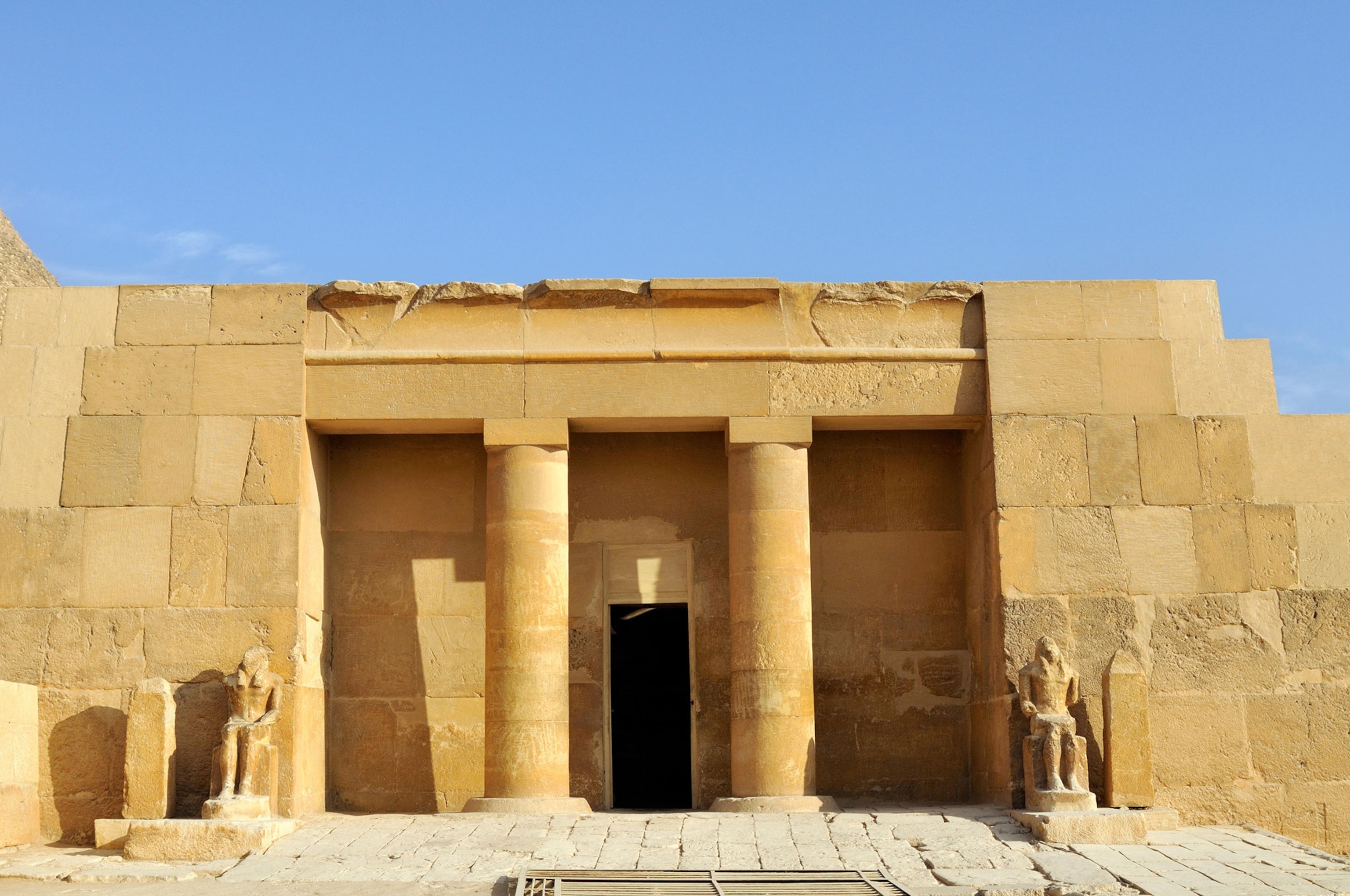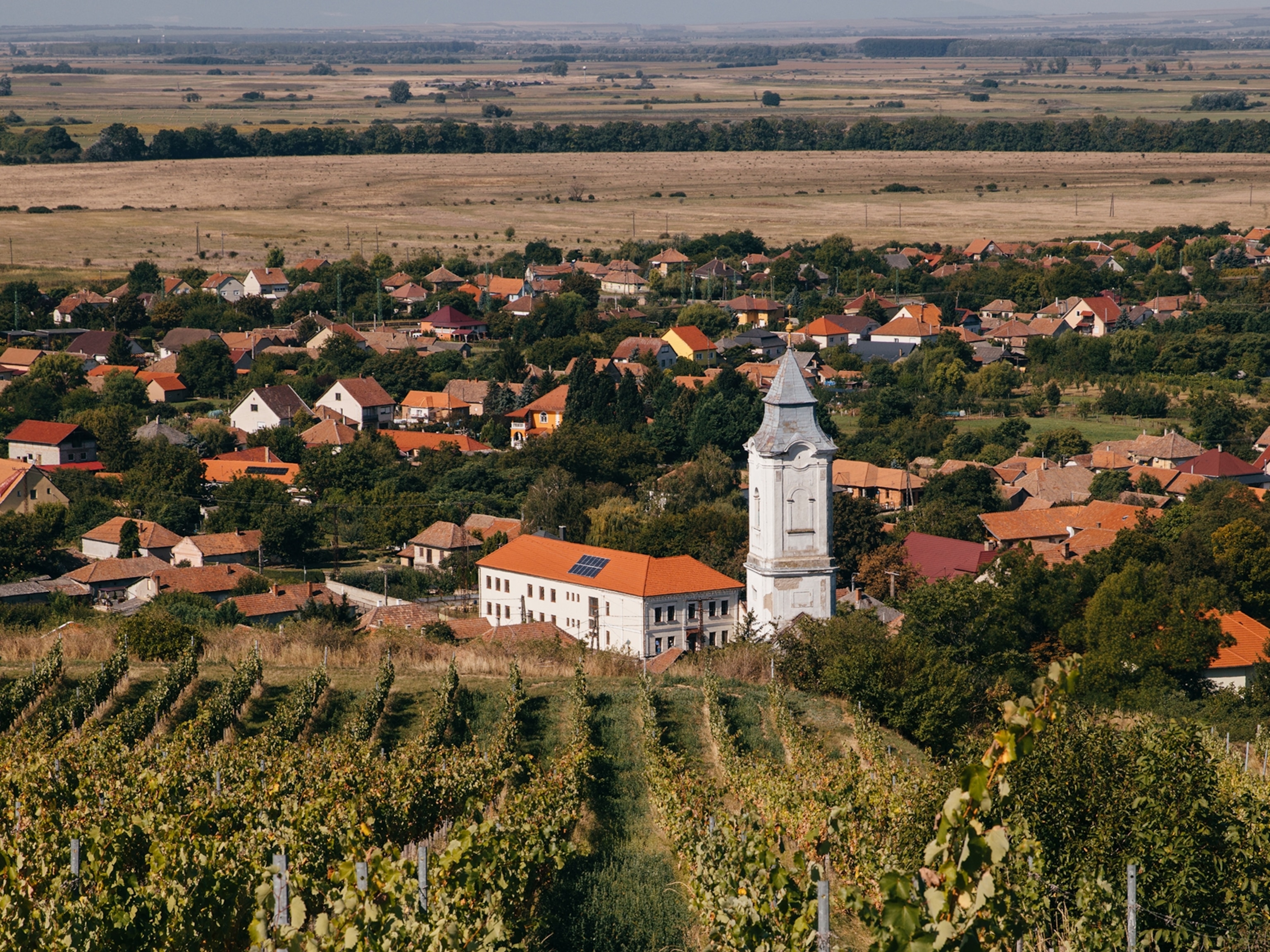
Why Now is the Best Time to Visit the Great Pyramids
Visit the Giza Plateau on summer solstice for an unusual view.
Archaeologist and Nat Geo Explorer Yukinori Kawae has made a career of examining the nooks and crannies of the Giza Plateau’s Great Pyramid, just outside Cairo, Egypt. Researchers recently discovered a room above the pyramid’s Grand Gallery in what Kawae says could be “the archaeological find of the century.” He suggests visiting in May or June and especially on the summer solstice (June 21), because the sun sets between pyramids, creating the hieroglyphic sign “Akhet,” which means horizon.
Great Pyramid
Completed around 2500 B.C. for Pharaoh Khufu, this pyramid contains “the first granite burial chamber in the history of ancient Egypt,” says Kawae, noting that experts believe building this sarcophagus would have taken 27 years (also about the length of Khufu’s reign). While you’re outside the pyramid, notice all the people around you. “You can imagine how it was a crowded place,” he says, “busy with ancient builders.”

Sphinx
From the Great Pyramid, it’s a short stroll across the sandy plateau to the Sphinx, one of the oldest statues in the world. Kawae advises walking between the massive paws of the 4,500-year-old structure to find a vertical stone slab. Hieroglyphics carved into this “Dream Stela” tell the story of the prince who made a bargain with the sun god to become Pharaoh Thutmose IV.

Mastabas
Aside from the soaring pyramids, flat-roofed tombs (or mastabas) are all over the Giza Plateau. Kawae’s pick? The double mastaba of Khufu’s granddaughter Meresankh III. Located in the plateau’s eastern cemetery along with a rock chapel, the well-preserved tomb was discovered by archaeologists in 1927. “You can still see the colors,” says Kawae, “and enjoy standing in the place where Khufu’s family was laid to rest.”
- National Geographic Expeditions





